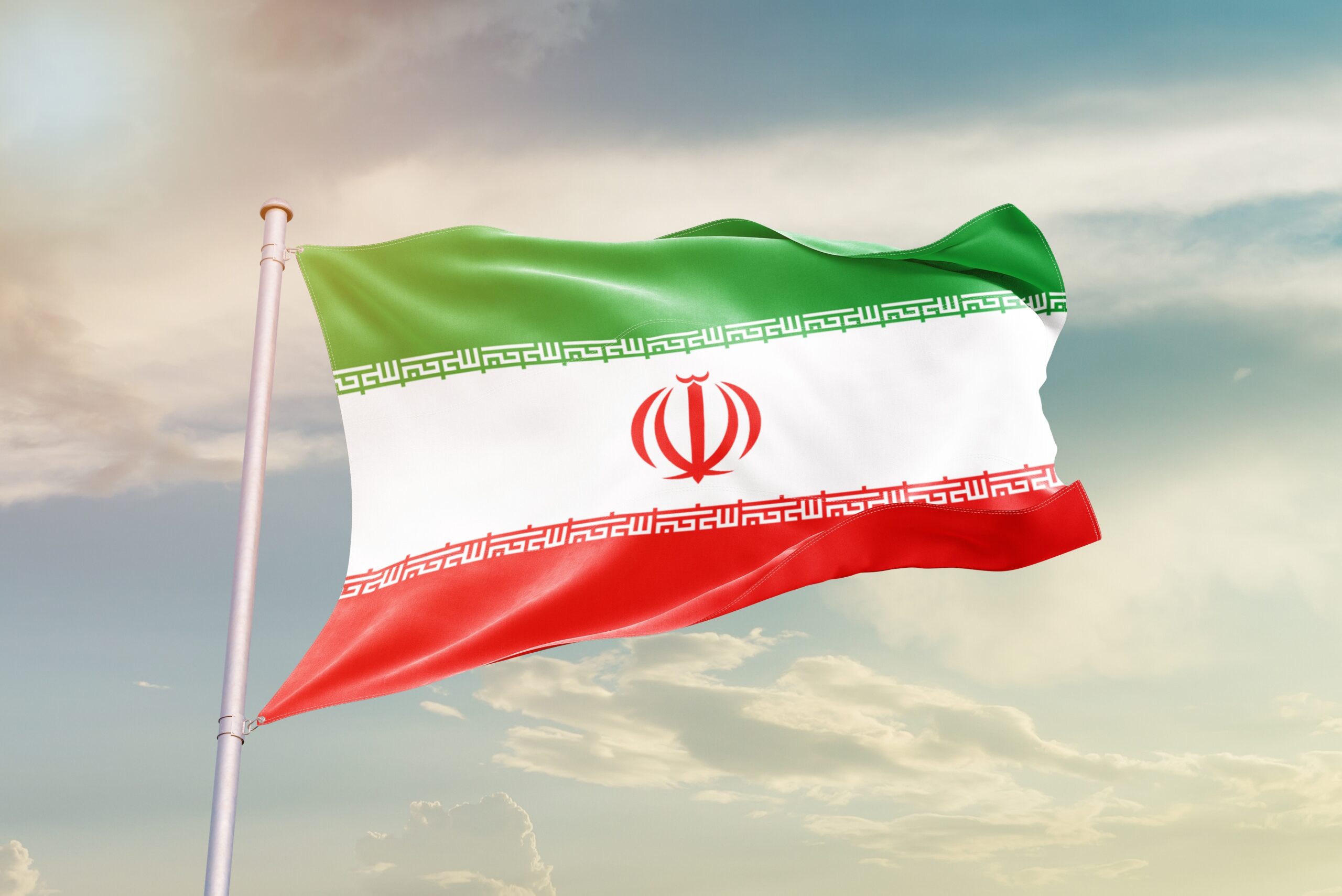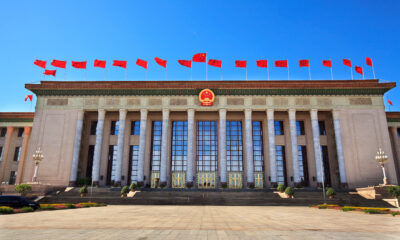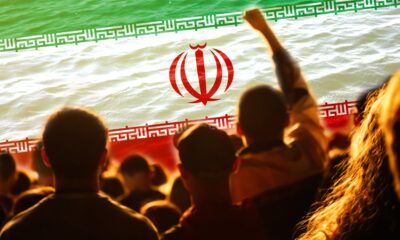Iran’s Shocking Nuclear Proposal – Revealed!

Iran proposes a controversial nuclear partnership with Arab rivals and American investors, raising questions about the feasibility of such an unprecedented collaboration.
At a Glance
- Iran has proposed a regional consortium with Saudi Arabia and UAE to enrich uranium under international oversight
- The plan would limit enrichment to 3.67% (non-weapons grade) while maintaining Iranian facilities
- U.S. spokesman denies such a proposal was discussed in recent talks held in Oman
- President Trump expressed openness to a diplomatic solution while warning against Iranian nuclear weapons
- The proposal faces significant hurdles given decades of regional hostility and absence of U.S.-Iran diplomatic relations
Iran’s Unexpected Nuclear Proposal
In what appears to be a strategic pivot, Iran has proposed creating a regional nuclear consortium that would include its longtime rivals Saudi Arabia and the United Arab Emirates. According to multiple reports, the proposal was presented by Iranian Foreign Minister Abbas Araghchi to American Special Envoy Steve Witkoff during recent discussions in Oman. Instead of dismantling its controversial nuclear program as demanded by Western powers, Iran suggests transforming it into a collaborative venture where it would enrich uranium below weapons-grade levels and ship it to Arab nations for civilian use, all under international oversight.
Iranian officials frame the proposal as a significant concession, offering neighboring states access to its nuclear technology while making them stakeholders in ensuring the program remains peaceful. Under the proposed arrangement, the consortium would use existing Iranian facilities and adhere to the 3.67% enrichment level established in the 2015 nuclear deal – a dramatic decrease from Iran’s current enrichment levels of up to 60%, which is approaching weapons-grade material.
U.S. Response and Diplomatic Tensions
The Biden administration has responded with skepticism to reports of Iran’s proposal. U.S. State Department spokesman Eddie Vasquez issued a firm denial, stating: “The claim by unnamed sources that a joint nuclear-enrichment venture idea was part of the last round of Iran talks in Oman is completely untrue. It was never floated or discussed.” This contradiction between Iranian and American accounts highlights the continuing tensions between the two nations, which have not maintained diplomatic relations for over four decades.
“I want to make a deal with Iran. If I can make a deal with Iran, I’ll be very happy, if we’re going to make your region and the world a safer place,” said President Donald Trump, while emphasizing that quick action would be necessary to avoid increased sanctions.
Despite the diplomatic impasse, observers note that both parties have adopted more conciliatory language following the Oman meeting, with plans to advance discussions to technical expert teams. Oman’s Foreign Minister Badr Al Busaidi characterized the talks as containing “useful and original ideas reflecting a shared wish to reach an honourable agreement.”
Regional Implications and Practical Challenges
The feasibility of Iran’s proposal hinges on unprecedented cooperation between nations with deep-rooted hostilities. Saudi Arabia and the UAE have long viewed Iran as their primary regional threat, making their willingness to participate in such a joint venture highly questionable. However, both Gulf states have expressed desire for a U.S.-Iran agreement that would prevent regional conflict, suggesting a possible opening for negotiation.
“For a limited period of time, we can accept a series of restrictions on the level and volume of enrichment,” said Iranian diplomat Majid Takht-Ravanchi, indicating Tehran’s flexibility on certain aspects of the arrangement.
Proponents argue that the involvement of Gulf states engineers in Iranian facilities could provide additional oversight beyond UN inspectors, potentially addressing international concerns about Iran’s nuclear intentions. Unlike the 2015 nuclear deal, this joint venture would be permanent, allowing the American administration to claim more substantial concessions from Iran than previous agreements achieved.
Domestic Reception and Future Prospects
Inside Iran, media coverage of the proposal has been intense and divided. The newspaper Farhikhtegan questioned whether the plan represents “a service or treason,” reflecting internal disagreements about the wisdom of such concessions. Iranian officials have repeatedly stated that completely ending their nuclear program is non-negotiable, citing national pride and past sacrifices made to develop the technology.
“If Trump announces a regional nuclear deal, it will be big victory. It removes the immediate and future threat from Iran and contains enrichment ambitions in the region and brings new deals for Americans,” noted Seyed Hossein Mousavian, a former Iranian diplomat who had previously explored similar concepts.
As technical teams prepare for further discussions, the viability of this unconventional proposal remains uncertain. The plan faces immense practical challenges, including convincing American companies to invest in Iranian nuclear facilities despite decades of sanctions and addressing deep regional distrust. Whether this represents a genuine diplomatic breakthrough or merely a tactical maneuver by Tehran to avoid stricter international measures will become clearer as negotiations continue.
























